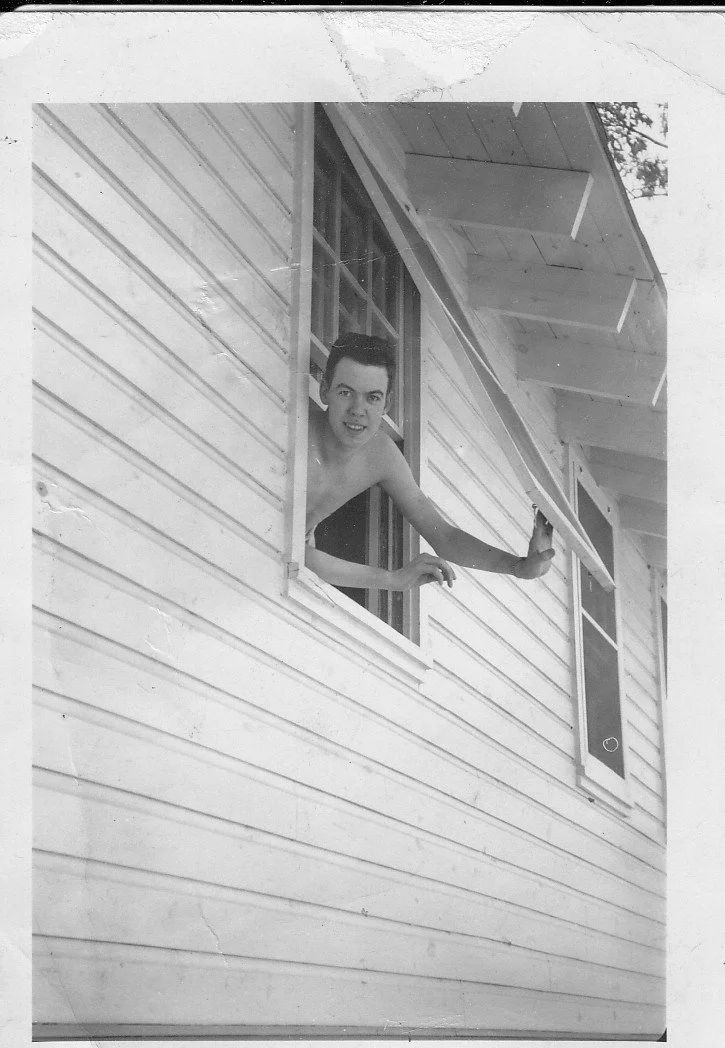“Scream in the Dark” and other vintage Halloween events
In 1973, the abandoned Veterans Hospital #48 in Brookhaven was the setting for a haunted house. The Peachtree and Osborne Road location became home to a veterans hospital in 1919, and before that it was Cheston King Sanitarium.
Construction map of WWII Lawson General Hospital
In preparation of the U.S. possibly entering World War II, military hospitals were quickly constructed across the country. Retired Lieutenant Colonel Tom Keating located this 1941 layout map or plot plate of World War II Lawson General Hospital in the State of North Carolina Archives.
Five members of a Dunwoody family serve during WWII
The Head family once lived on both sides of Chamblee Dunwoody Road, just north of where it intersects with Vermack Road. Their homes were where Boxwood Place, Shadow Bend, Shadow Court and Pine Acres Court are located. All five children of Roy and Pamela Head served during World War II.
Lawson General Hospital in 1941, Morris Volpp and others
Volpp was first sent to Camp Forrest hospital in Tennessee. He developed rheumatic fever and was moved to Lawson General Hospital in Chamblee, Georgia.
Coming soon: new Lawson General Hospital photos
A wonderful collection of photos was shared with me by the family of Morris J. Volpp. He contracted rheumatic fever while serving in the National Guard in 1941. These photos are not large group photos, but pictures of Volpp and a few other patients on the campus of Lawson General Hospital.
On the homefront during WWII
The June 11, 1942, edition of the Atlanta Constitution shared an announcement from Washington, D.C., “Scrap salvage campaign will begin shortly.” The War Production Board asked that everyone across the country collect metal, rubber, fats and oils.
Commemorative Air Force event at DeKalb Peachtree Airport May 24 & 25
Commemorative Air Force is holding Special Warbird Rides Days at DeKalb Peachtree Airport. Five vintage planes based at Peachtree City, Georgia will be at PDK May 24, 2025 and May 25, 2025 for exhibitions and flights from 9 a.m. until 6 p.m.
Military service of Clyde Casto included surgical training at Lawson General Hospital
In 1943, Casto was sent to train as a Surgical Technician in the Medical Department Technicians School at Lawson General Hospital in Chamblee, Georgia.
Beautifying the landscape of Lawson General Hospital 1942
Almost a year later, in 1942, plans to improve the Lawson Hospital grounds with plants were underway. The area around the buildings had no trees, no grass and no blooming plants.




